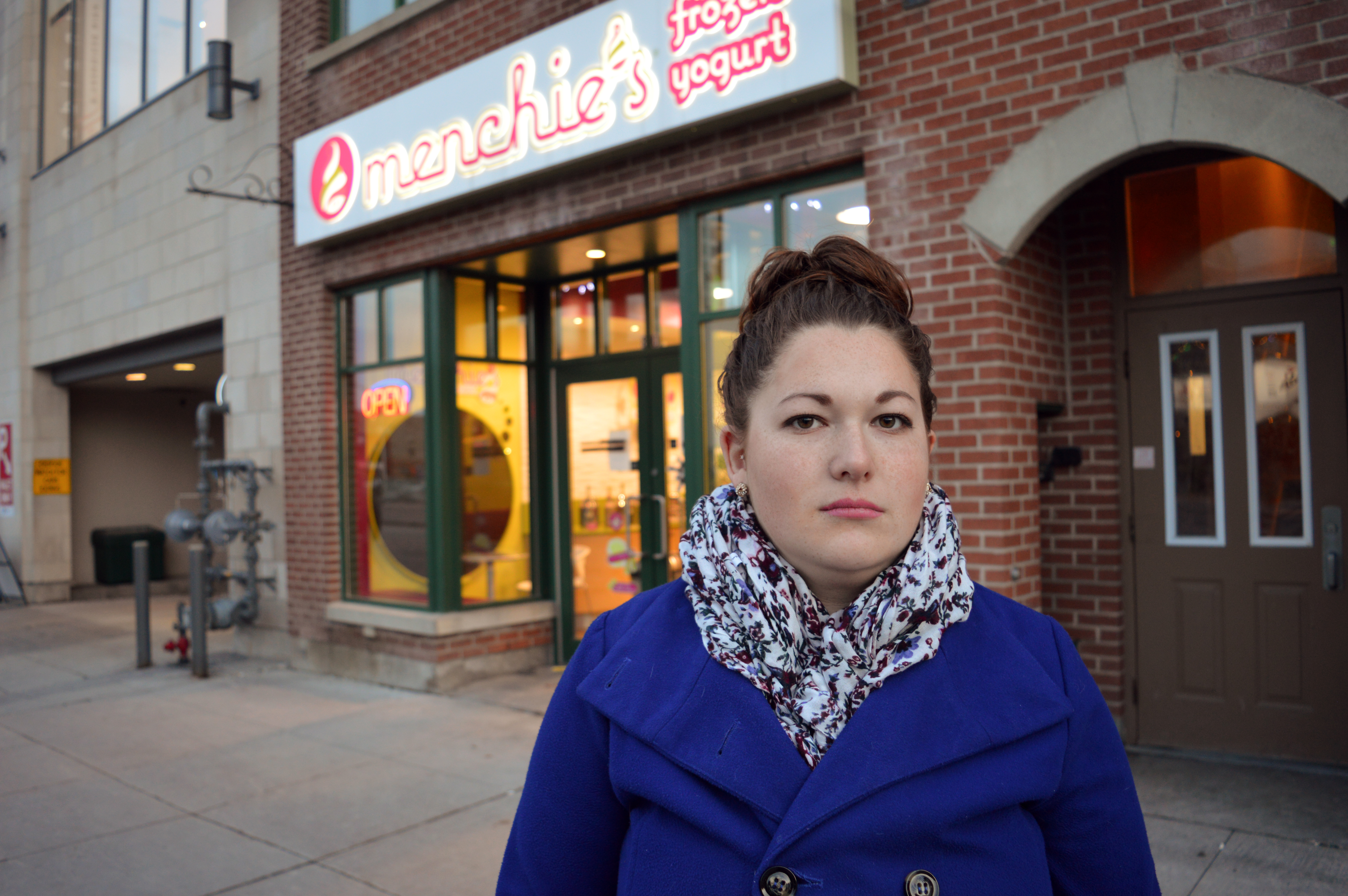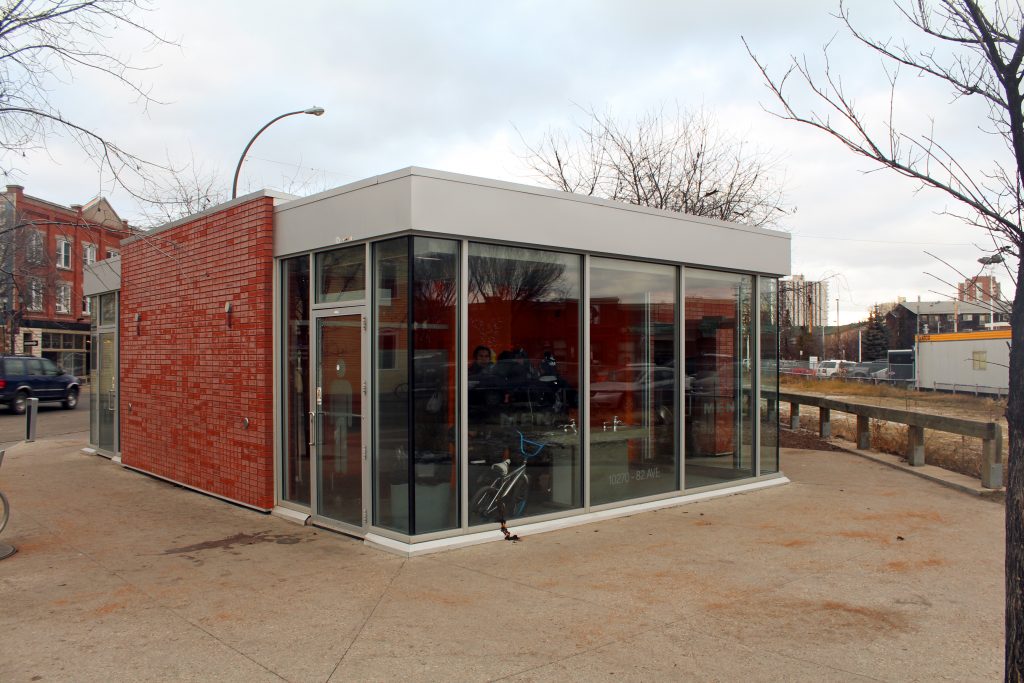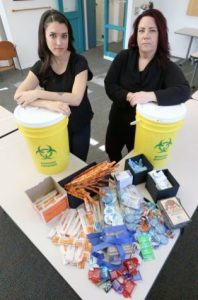Problems with discoloured drinking water in Kitchissippi have prompted a number of calls to Ottawa’s 311 service this year, according to analysis of 311 data released by the City.
Thirty-one calls were made to the service from the ward, which includes areas such as Westboro, Tunney’s Pasture and Mechanicsville, between January and October this year. That is almost twice the number of calls made from the ward in second place, Rideau-Rockcliffe, which includes New Edinburgh and Rockcliffe Park. Rideau-Rockcliffe recorded sixteen calls.
This graph shows the number of 311 calls received by every ward that was included in statistics released by the City of Ottawa. You can hover over each bar to see each number.
Drinking water in Ottawa is mainly sourced from the Ottawa River, although groundwater well systems are operated in rural areas. 290 million litres of drinking water is purified through the Britannia and Lemieux Island Water Purification Plants every day.
According to the City’s website, discoloured water is not caused by a problem in water purification. In fact, the presence of rusty or yellow-coloured water is often due to the sudden changes in water flow that occur when new water mains are being constructed, or fire hydrants are going through maintenance. This flow can pick up sediment from the bottom of older water mains, which enters the water. The reddish colour of the water comes from the iron in the sediment. It is perfectly safe to drink.

However, the City advises on their website that anybody experiencing visible sand or sediment particles in their drinking water should call 311. This problem is usually solved by hydrant flushing. People are also advised to call 311 if black particles are visible in their drinking water. Often, this is caused by small pieces of rubber from the tap fixture, but if the drinking water comes from a groundwater well, it could be a sign of a high presence of the element manganese in the well.
Hover over each of these circles to find out how many calls were made in each month. There were no calls made in the months that are missing.
In June of this year, the Rideau Shopping Centre in Ottawa, as well as other parts of Rideau Street, were issued with a boil water advisory. During the time the advisory was in force, businesses and residents had to boil their water for one minute before they were able to consume it, brush their teeth with it, or use it to rinse their dishes after cleaning. The boil water advisory was lifted the next day.
This was followed in September by a boil water advisory for the whole of Gatineau, after a watermain broke on rue St-Louis. The boil water advisory also lasted for around a day, but the volume of available water and the water pressure in the town were reduced for some time afterwards.
Neither of these affected Kitchissippi ward.
The City of Ottawa publishes an annual report showing the results of several tests on the local water supply, including ones to analyse the microbiological, radiological and chemical contents of the water. The results for 2016 have not been published yet, but the 2015 report can be found here.






